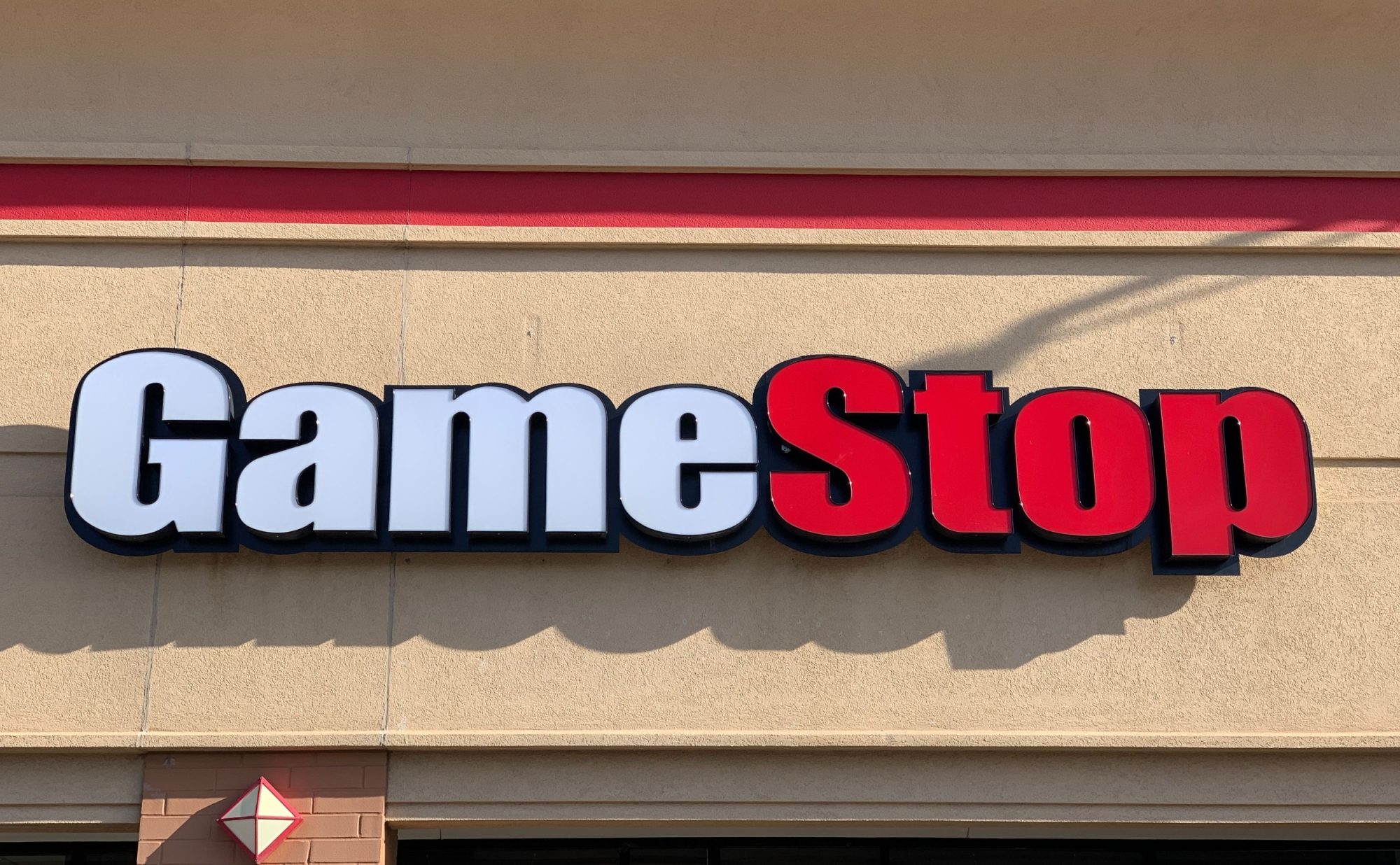GameStop (NYSE:GME) stock has been back in the news as of late, with the resurgence of interest stemming from the re-emergence of one of its biggest champions. Investor Keith Gill, also known as “Roaring Kitty,” returned to social media after a long hiatus.
Gill is known for helping trigger the meme stock craze that drove GameStop stock to insane heights in early 2021. When he returned to social media last month, the GameStop frenzy returned, although not at the same level.
In the past month, the stock price has bounced around, ranging from $17 to $65 per share in the latest round of volatility, which continued last Friday. GameStop stock tanked as much as 37% on Friday, plunging as low as $29 per share. It was down again on Monday, dropping another 12% to close the day at $24 per share.
The recent drop in share price had more to do with the company’s first-quarter earnings report, which missed analysts’ estimates.
GameStop misses earnings estimates
GameStop performed worse than expected for its fiscal first quarter, which ended May 4. Net sales dropped 29% year over year to $882 million, coming up well short of the consensus estimate of $995 million.
Expenses fell 14% to $295 million, but the percentage of costs per net sales rose to 33.5% from 27.5% in the first quarter of 2023.
On the bottom line, GameStop posted a net loss of $32.3 million in the quarter, or 11 cents per share. However, that was improved from the net loss of $50.5 million in the same quarter a year ago.
The adjusted net loss was 12 cents per share, which missed the consensus of a 9-cent-per-share adjusted net loss.
The company had $1 billion in cash and cash equivalents but negative free cash flow of $115 million.
GameStop stock sale nets $933M
GameStop did take advantage of its latest meme-fueled price hike, as it recently raised capital by selling 45 million shares, according to a May 17 SEC filing.
Those sales generated $933 million in cash, according to another filing on May 24. GameStop said it intends to use the net proceeds for general corporate purposes, which may include acquisitions and investments.
It was a smart move by GameStop after realizing its stock was overvalued in relation to its underlying fundamentals.
The company said in its initial May 17 filing: “Our common stock has experienced extreme volatility in price and trading volume. From February 4, 2024 to May 16, 2024, the closing price of our common stock on the NYSE ranged from as low as $10.01 to as high as $48.75 and daily trading volume ranged from approximately 1,731,300 to 206,979,100 shares. During such period, we did not experience any material changes in our financial condition or results of operations that would explain such price volatility or trading volume.”
Then, on June 7, GameStop announced in an SEC filing that it was selling another 75 million shares of its stock. The extra capital will likely come in handy as the company looks to turn its fortunes around under CEO Ryan Cohen.
Roaring Kitty goes live
GameStop did not hold a call with analysts on Friday, but Gill held his first live-stream event since re-emerging at noon Eastern, and GameStop was the main topic. According to CNBC, more than 400,000 viewers tuned in during the 50-minute stream
Meanwhile, GameStop stock plummeted, dropping by about 37% as of 1:20 p.m. Eastern on Friday to roughly $29 per share. As a result of that swift decline, trading on GameStop stock was halted several times during Gill’s live stream.
I don’t think I need to tell you there is a lot of volatility here, without “any material changes in our financial condition or results of operations that would explain” it, as the company said in its filing.
However, GameStop’s stock-selling strategy is notable, and it will be interesting to see what the company does with the proceeds of its sales down the road. For now, investors should be extremely cautious and expect more volatile swings in the stock.












